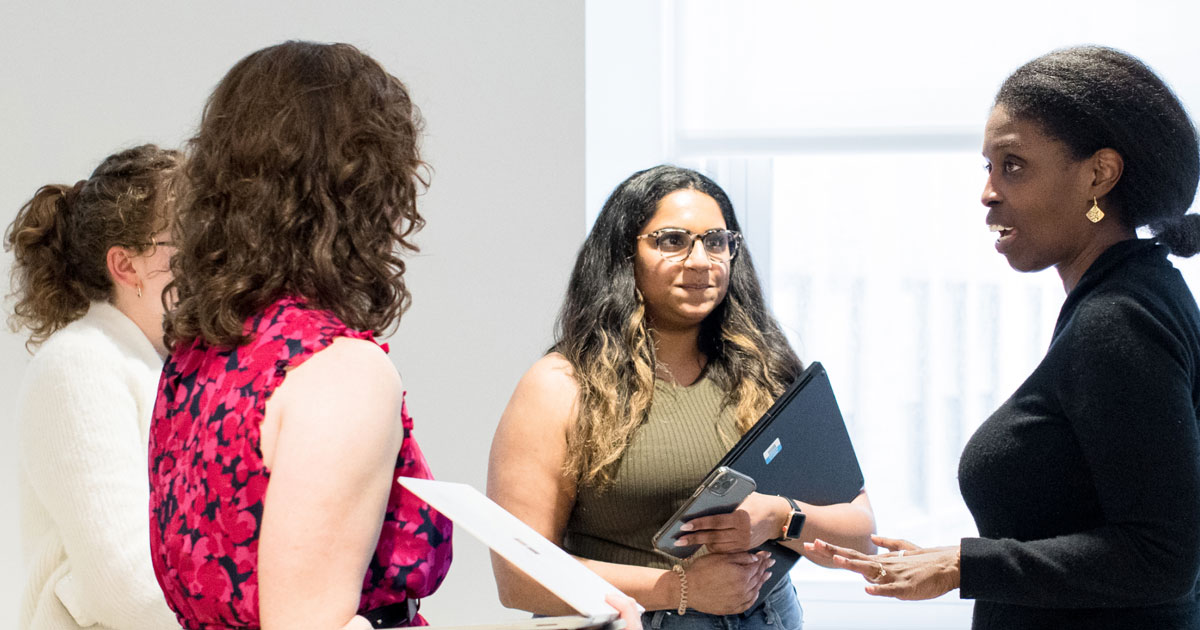

Strategic Communications Can Make or Break Your Climate Response
Business leaders on the cutting edge are creating dynamic and productive dialogues that address the climate crisis and help build transformative change.
The C-suite is clear about addressing the climate crisis: The days of vague pledges and one-off “green” marketing campaigns are over. Executives are committing their brands to take bold, decisive action in the collective effort to transition to a sustainable economy. What’s more, they recognize that this transition must equitably address the effects on everyone from employees to the people and communities experiencing climate impacts today.
WE Communications research finds that leaders know they must engage this broader range of stakeholders more frequently and clearly. This means drawing on a more sophisticated communications toolkit to build understanding and meaningful impact.
Communications teams are scaling up their understanding of this issue by working across organizations and tuning into a wider pool of experts and influencers, engaging deeply in conversations on the issues and delivering insights on change and transformation. The result is essential counsel for leaders.
Bridge the divide between the C-suite and middle management
As leaders seek to transform their approach to sustainability, there is a disconnect between the C-suite and managers. WE Communications 2022 Brands in Motion research finds that while 64% of C-suite and executive leadership believe that the private sector will reach Net Zero greenhouse gas emissions by 2050, only 38% of senior and middle managers agree.
Employees are the engine that will drive the innovation to meet the bold goals to curb emissions. Reaching carbon neutrality in the coming two decades and helping local communities survive and thrive will be impossible without them.
To bridge that gap, leaders must deploy a suite of change-management communications that fully engage employees. Clear communications channels can help team members understand new processes and direction, learn and develop new tools in the context of their existing career tracks, and feel the strategic motivation so that everyone is running toward the same goal. This is how promises become tangible business reality.
Facilitate more frequent contact with your stakeholders
WE 2021 Brands in Motion data finds that stakeholders expect more frequent communication from business leaders than ever — nearly 70% expect to hear leaders’ views on important societal issues at least every six months. They also expect communications strategies to be reassessed with increasing frequency — more than 70% say at least every six months.
This is particularly important on the sustainability front, as people are increasingly skeptical of pledges and goals and increasingly hungry for action.
Brands don’t need to have all the answers right away, but they should deliver frequent progress reports and directly address areas of concern. For example, if your employees notice a discrepancy between what the brand is saying publicly and how things are working on the factory floor, a clear and open line of communication can enable a brand to tackle this head on.
Interrogate and elevate our advertising and other external communications
As brands tackle and navigate a growing list of social responsibilities, advertising and external communications are taking on a heavier lift than ever. The past few years have provided more than enough wake-up calls that show attention-getting creative content isn’t sufficient, and in fact campaigns that aren’t backed with substantive action can become a liability.
As the public increasingly looks to brands to provide social stability, businesses don’t have to just watch out for complex cultural hot buttons; they must also work proactively to provide positive cultural value.
WE’s 2022 Brands in Motion data finds that the No. 1 misconception that brand leaders face is the notion that climate and sustainability targets and efforts are too expensive and not a justifiable expense. Here’s an important opportunity for brand communications to bridge a divide and contribute to our collective ability to solve the climate crisis: Drive sustainability innovation throughout your organization, engaging stakeholders inside and out to create a stronger and more resilient value chain that makes net zero net positive for everyone.
The latest blogs from WE
Decoding Gen Alpha: A Primer on the Next Gen of Consumers
Why Gen Alpha Will Fuel Spending This Season
Why Reputation Is a Business Driver in Healthcare


